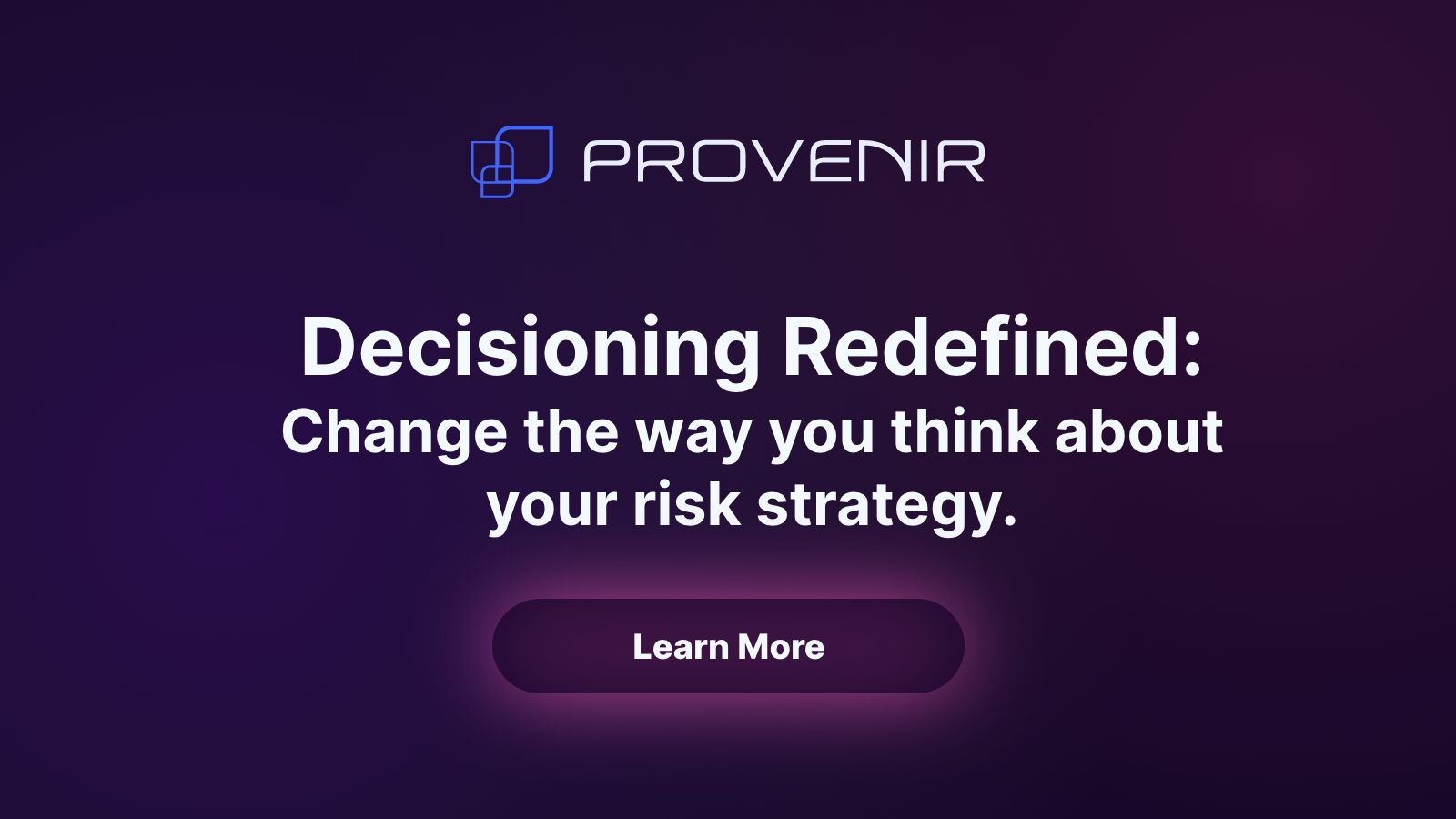How Provenir Empowers Innovation — Our Clients Say It Best
BLOG
How Provenir Empowers Innovation
Our Clients Say It Best
Remember when you were in school and show and tell time came around? It was always super exciting. One of your classmates would stand at the front of the room and talk about something they thought was cool,
“On Saturday, when we went to the beach I found this giant diamond and my daddy says I’ll probably be rich and famous when everyone finds out.”
Then the kid, with their floppy hair covering their eyes, would open their hand to show the class…a small lump of quartz sat in their sweaty palm.
When I’m dealing with businesses in everyday life I’m often reminded of show and tell at school. This business has the best cell coverage, that business offers the most advanced technology, this solution will change your life etc. etc. but when it actually comes down to using their services the reality doesn’t match your expectations.
This can happen a lot in the business to business world too, that’s why when we talk about Provenir empowering a business to innovate I know that we need to back up our claims not just with a tiny lump of quartz but with a diamond level product. So, I could tell you that Provenir can decision credit applications in under a second or that it can deploy risk models in minutes, but instead I want to show you some of the incredible ways our clients are using the Provenir Platform to make innovative changes within their industries.
Rent-A-Center—Reducing risk to power growth
Rent-A-Center has an aggressive growth plan, which is driven not just by their goal to increase sales and improve the customer experience, but also by extending their ability to analyze the risk a new customer poses. The Provenir Platform allows them to do all three of these things. Rent-A-Center doesn’t just supply consumers through their stores, they also process online sales and provide funding options to customers in other shops through their AcceptanceNOW kiosks. Rent-A Center has implemented a number of improvements to their financing application process that are designed to make the consumer experience simple, fast, and easy. In-store purchasing has typically been a paper-heavy, manual process, but Rent-A-Center, through their kiosks and online store has eliminated this issue. The AcceptanceNow kiosks are a great example of how Provenir can empower a business to grow through more sophisticated risk decisioning:
“We are very focused on providing a positive customer experience, so speed is top of mind. Shoppers don’t have to wait minutes to get a decision; they are consistently receiving responses in less than ten seconds. In AcceptanceNOW, we have seen an increase in volume. More specifically, we have seen an increase in the number of customers that we can approve. At the same time, we feel that we are making better decisions about how much we can approve for each customer. Provenir has contributed to that by allowing us to implement much more sophisticated decisioning than our previous solution enabled us to do.” Jonathan Klingler, Director of Risk and Decision Analytics for Rent-A-Center
Learn more about Rent-A-Center’s plans for the future and how Provenir is helping them drive growth through smarter decisioning.
Elevate Credit—using data to bank the underbanked
Elevate Credit, an alternative lender providing loan products to underbanked individuals, is an industry leader when it comes to using data to create accurate risk predictions. Elevate has created a dedicated data science center in San Diego to analyze data and develop sophisticated risk models. These models are then used to originate $4.9 billion in loans to over 1.8 million non-prime customers in both the US and UK. The team uses the Provenir Platform, integrated with both traditional and alternative data sources, to power their decisioning process. The integration of alternative data has helped them to significantly expand their product offering to individuals who lack tradition credit histories or have non-prime credit scores by creating a fuller picture of the applicant:
“The better that our models are able to explain and predict consumer behavior, the more of the alternative credit market we’re able to address.” John Bartley, Lead Data Scientist at Elevate UK
Read more about how Elevate uses Provenir and alternative data to decision loans for the underbanked here.
Instabank—meeting customers at the checkout
Farzad Jalily, CTO of Instabank, had a vision of creating a streamlined, cloud-based architecture that enabled Instabank to instantly decision loan applications and in-store payments, and that’s exactly what he and his team created. Instabank is a digital-only Norwegian challenger bank that’s leading the way in in-store payment innovation throughout Norway. One of their most impressive creations is their payment app Upgrade, which powers phone upgrade financing at Eplehuset stores, Norway’s leading Apple retailer. To complete their phone upgrade financing customers simply need to answer four questions, the app then calculates the value of their current phone and determines a financing cost in just a few seconds. The whole process can be completed at the checkout using a mobile phone. Their goal to provide financing to customers, wherever they are, also extends to online loans and in-store payment solutions at other leading retailers throughout Norway. In just two years of operation Instabank has already originated $370 million in loans. Instabank uses the Provenir Platform to provide rapid decisioning for all of their loan applications:
“All the banks small or big, have problems with their legacy solutions, which we don’t have. We use a micro integration platform instead of having a heavy, established API that you have to use a lot of money to build, so time to market and costs are really low because we use this kind of technology.”
– Farzad Jalily, CTO for Instabank
Read more about Instabank’s impressive growth and how Farzad and his team use Provenir to decision innovative loan products.





